"I'm a dreamer. I have to dream and reach for the stars, and if I miss a star then I grab a handful of clouds." -Mike Tyson
It's been another busy but fun week over at the main Starts With A Bang blog, where we've gone and looked at:
- A Flight Without Stars (for Ask Ethan),
- Building your own iron-rich star (for our Weekend Diversion),
- A Most Unusual Elliptical, M105 (for Messier Monday),
- Happy Earth Day from the Universe,
- Striking Cosmic Gold, and
- the need for science to inform your politics (for Throwback Thursday).
And, as always, you've come through here on our forum with some outstanding comments and follow-ups. Without further ado, here are your comments of the week!
From Clark Neily on the subject of seeing stars from an airplane: "In 1965, as a young engineer working in the Flight Crew Support Division of NASA’s Manned Spacecraft Center in Houston, one of my first assignments was to determine whether astronauts in orbit would be able “to see stars in the daytime”. We did both ground and in-orbit experiments, and the general outcome was this: if there is ANYTHING in your visual field illuminated by direct sunlight, you will not see any stars, on ground or in orbit. This was true even for surfaces–such as the nose of a Gemini spacecraft–that had been painted flat black. A few years later, it turned out to be equally true on the Moon. You can see stars in the daytime in orbit with optical assistance, such as the Crew Optical Alignment Sight (COAS), IF you know where to point it for the brighter ones. This was a necessary capability in order to align the inertial platform during the Apollo missions."
This was an extremely cool story from someone who was a part of history. I'd like to add that one of the common claims made by the "Moon-landing-was-a-hoax" crowd is related to this.
See how there are no stars in the image above? Of course there aren't! In fact, we got another comment from Salvatore Zambito stressing just that:
"Along the same line: why is that the NASA photos of earth from space and the Moon have no stars in them? I would have imagined our planet suspended in a dense sea of stars."
To photograph the stars, think about how many photons you'd need to collect to have them show up as a white point-of-light on camera film, and how long you'd have to leave the camera shutter open for that to happen. Do you think the camera shutter was open that long when, you know, it was taking this picture in broad daylight?
It shouldn't come as much of a surprise that your eyes work enough alike to cameras that if there's something bright in your field-of-view, then something that's a million times intrinsically dimmer isn't going to exactly appear prominent.
From skywriter on our Messier Monday post: "For me the question arises: “With all this new discoveries, continuous formation of new observable matter, does the relation between dark- and observable matter change?”"
It would be wonderful if the answer to this could possibly be yes, but unfortunately any new discoveries on this front don't alter the fraction of the Universe in dark matter. You see, if we made a chart of all the matter in the Universe -- based on large-scale structure, cluster data, big bang nucleosynthesis and other cosmological constraints and precision measurements -- here's what it would look like.
 Image credit: me, created at http://nces.ed.gov/.
Image credit: me, created at http://nces.ed.gov/.
Now, the luminous stuff is just a small fraction of what we typically consider "normal matter," meaning it's made out of protons, neutrons and electrons. All told, that comprises somewhere around 2% of the total pie. If that fraction edges up to 2.2%, 2.5% or even 3%, it doesn't eat into the "dark matter" piece, it's just a different way that the normal matter is broken down into luminous and non-luminous components. The observations that tell us that around 5/6ths of the Universe is made out of some form of dark matter that's not made out of any standard model particles are inescapable.
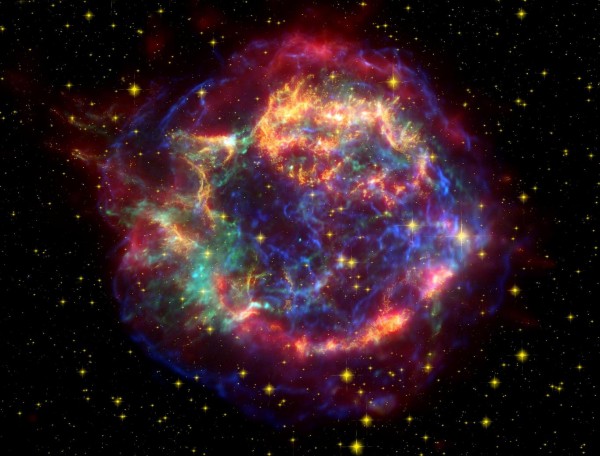 Image credit: Spitzer Space Telescope (red), Hubble Space Telescope (orange), Chandra X-ray Observatory (blue and green) / NASA.
Image credit: Spitzer Space Telescope (red), Hubble Space Telescope (orange), Chandra X-ray Observatory (blue and green) / NASA.
From Jeremy on Striking Cosmic Gold: "Does this give us any clue as to where our star came from or what happened in our part of the galaxy before our star formed? Can we assume that this process occurred nearby?"
The basic question that underlies could be phrased like this instead: how well-mixed is our galactic neighborhood? Think about a spiral galaxy, the arms, the stars in it, the gas and dust, the density waves, etc. Think about all the material swallowed up into stars, burned and ejected back out into the galaxy. How long, on average, does it take for that stuff to get all mixed up, and distributed roughly evenly across a Milky Way-sized spiral galaxy?
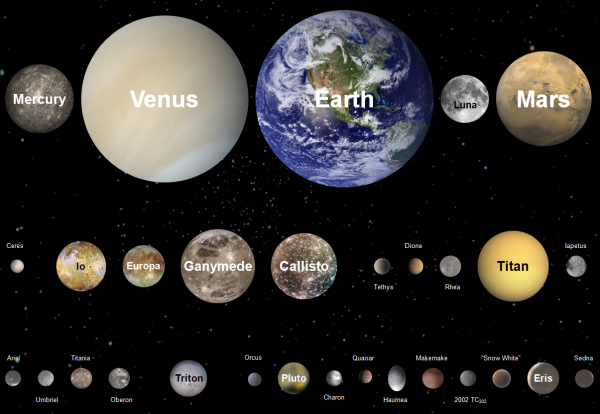 Image credit: Alien Robot Zombies by Bryan Magnum, via http://alienrobotzombies.com/.
Image credit: Alien Robot Zombies by Bryan Magnum, via http://alienrobotzombies.com/.
And another one from Jeremy on the same topic: "[D]o we know if Earth is average in being made up of so many different materials? I know we haven’t been able to mine any other bodies in our solar system to really see what they are made up of, but everything seems to be a lot less diverse."
The wonderful thing about measuring density -- and by installing seismometers on the surface of other worlds -- is that we can see a fantastic pattern.
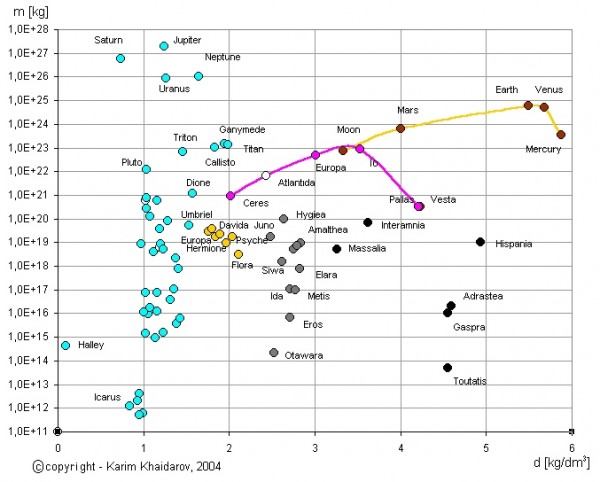 Image credit: Karim A. Khaidarov, 2004, of http://bourabai.kz/solar-e.htm.
Image credit: Karim A. Khaidarov, 2004, of http://bourabai.kz/solar-e.htm.
From what we can tell, Mercury is the densest planet in the Solar System as far as the elements that make it up. The only reason Earth is actually denser is because the gravitational compression it receives is enough to tip it past Mercury. We also know that Earth's crust is just under half as dense as the planet as a whole is on average.
To the best of our knowledge, most Earth-sized worlds ought to have similar element segregations as our planet does, and by measuring the metallicities (distribution of trans-helium elements) in their host stars, we can gain a window into how much like our own Solar System these planets are likely to be. As far as we can tell, our Solar System falls well within the "normal" range.
And finally, from Helen Barratt on informing your politics with science: "I think this is a great article Ethan except for the fact that some of the contentious topics that you mentioned do not always have black and white consensus views from scientists, there can be shades of grey involved and also scientists are human beings that occasionally suffer from a groupthink mentality on occasions."
You must be careful not to conflate actual scientifically contentious topics with topics that are scientifically quite well-understood and agreed upon but are publicly contentious.
I think you also have to recognize that when scientists are wrong, the only process that's ever uncovered a better truth about reality is more science, and that -- compared to everyone else -- scientists are usually the fastest people to come around on that issue. Yes, there are always corrupt individuals, and sycophantic followers incapable of thinking for themselves or drawing their own, correct conclusions based on the evidence, but when new evidence comes in, scientists have time and time again proved themselves excellent at following what the Universe tells us about itself. If anything that is presently a well-accepted, agreed upon piece of scientific fact turns out to be incorrect, hazardous to human health or more-or-less harmful or beneficial than previously thought, the process of science will be what draws that information out and quantifies it.
My hope is that it will inform public policy -- and all politics -- in general. That's what we need to work on.
Thanks to everyone for some great comments this week, and I'm looking forward to another great one with you!

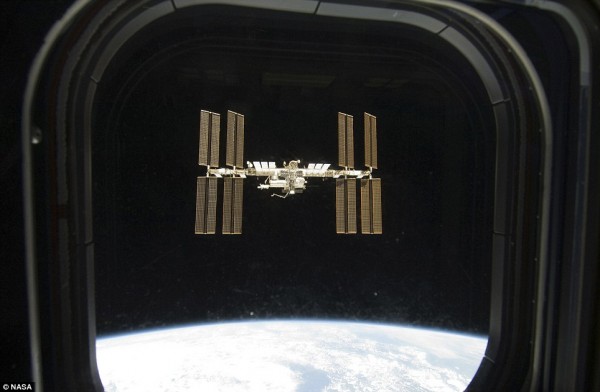

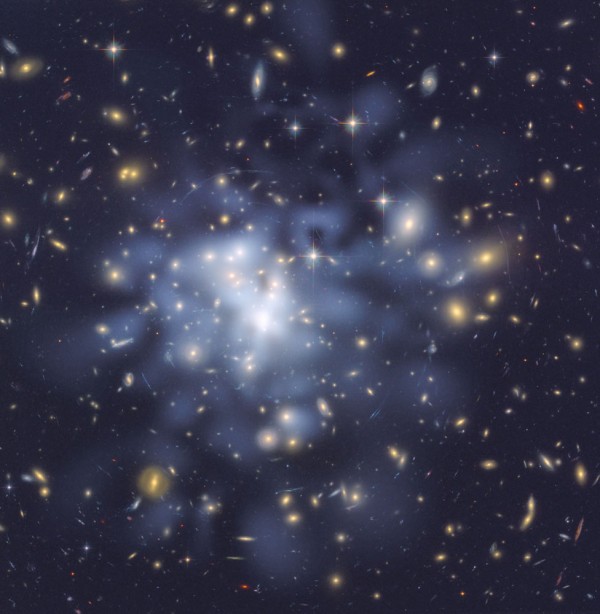

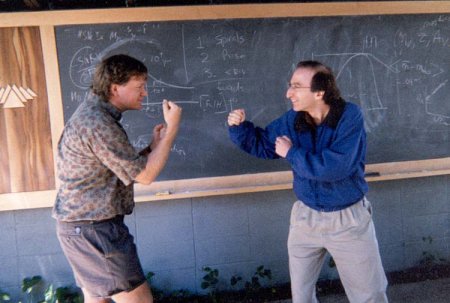
Also not to conflate the science and public policy aspect of various questions. Science (at its best) can tell you the likely consequences of some policy, but it cannot tell you whether humans will deem the consequences worth the benefit. I'll give two simplistic toy examples.
1. Environmentalism. Let's say that my local government would like to prevent one mile of a local beach from degrading. They are looking into the feasibility of such plans, trying to figure out how to do that and how to pay for it. Science (at its best) can tell you the pros and cons of all the possible remediation plans. It can tell you which ones have the best chance of working, and what the tax on each taxpayer should be to pay for it. It can even tell you what will happen to the environment if you do nothing. But science cannot telll us whether you or anyone else agrees that the calculated tax is worth saving the beach. If the cost is $1/taxpayer or $1billion/taxpayer, the answer is easy and we will all probably agree in both cases. But most often the answer to such policy questions come up with dollar figures on which reasonable humans will not agree.
2. Health and safety. Let's say I invent fusion-in-a-can, and we all think it's a wonderful energy device. It will free us from dependency on oil, eliminate any need to burn fossil fuels, and so on. Except...it gives off ionizing radiation, and shielding is heavy and expensive. So the question becomes, how much radiation should we allow these devices to emit? Well, science can tell you exactly what the (stochastic and epidemiological) effects of radiation exposure will be. It can tell you that an extra 0.05 rem is expected to result in one additional person per 40,000 people getting a potentially fatal cancer in their lifetime, while an extra 0.5 rem will result in one of those per 4,000 people. It can tell you that people receive about 0.36 rem per year anyway, before fusion-in-a-can, and that the background rate of people getting potenitally fatal cancers is more like 25% (so, 10,000 out of that 40,000 are going to get cancer during their life even if you don't use fusion-in-a-box). But it cannot tell you whether one additional cancer per 40,000 or one per 4,000 is socially acceptable. That is not a policy question science can answer. Inform, yes, but not answer. That has to be decided by how much personal value we as members of society place on (avoiding) health risks. And while the rem rates and risks I used for example purposes above are relatively low, I expect that even for these low rates, there will be some people who would say its not worth it. As the health risk gets higher, more people would say the technology is not worth the risk. Because "is it worth the health risk" is ultimately not a science question.